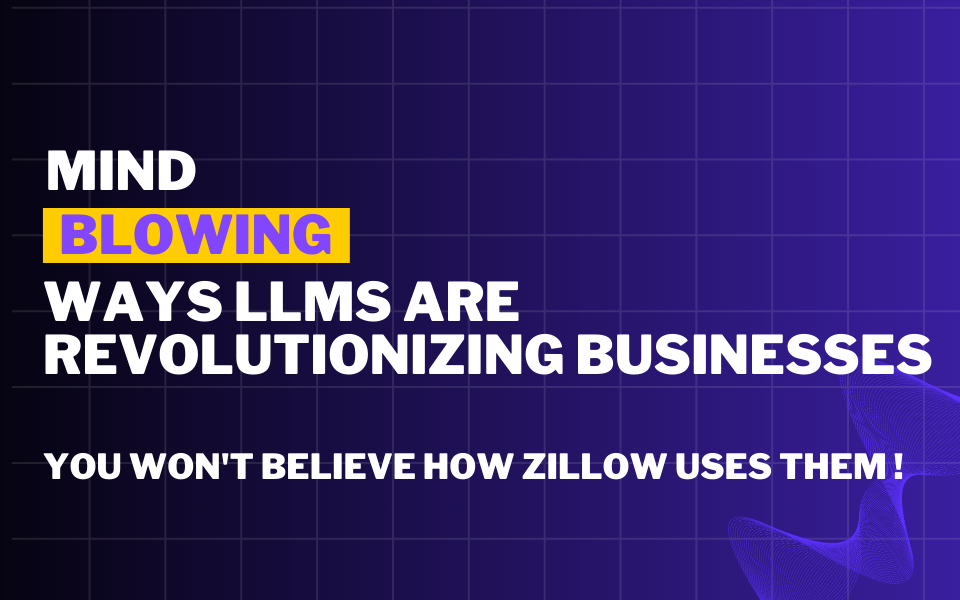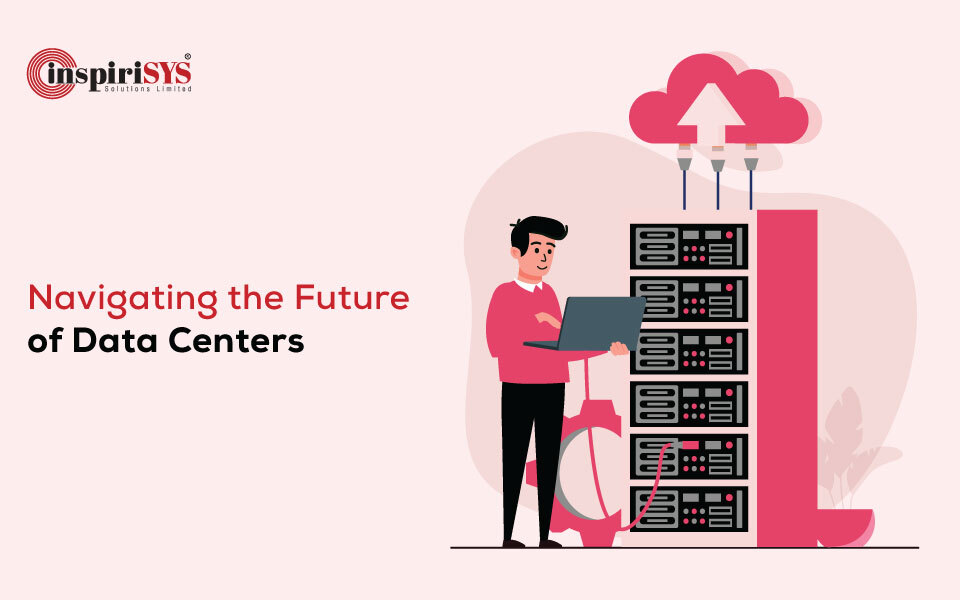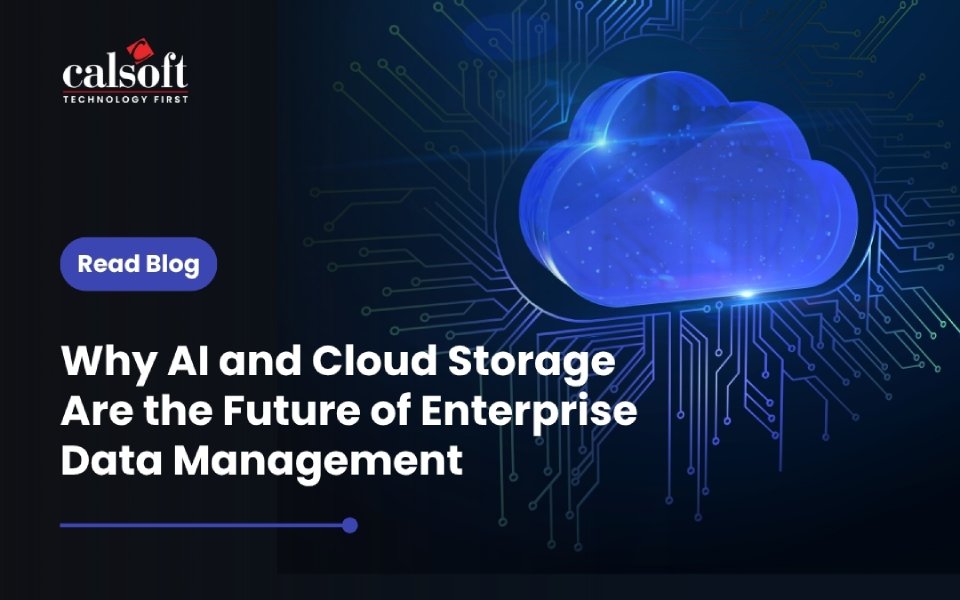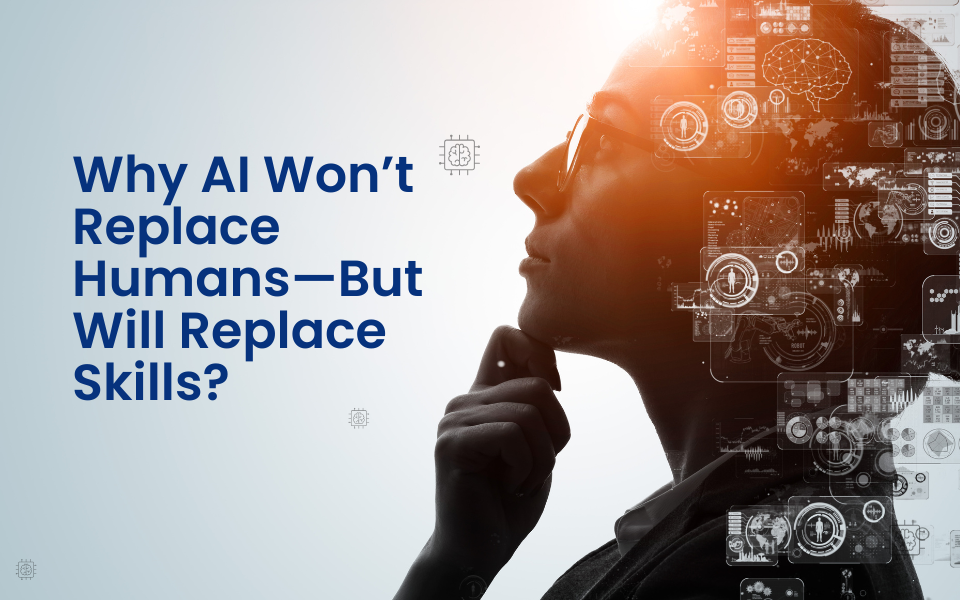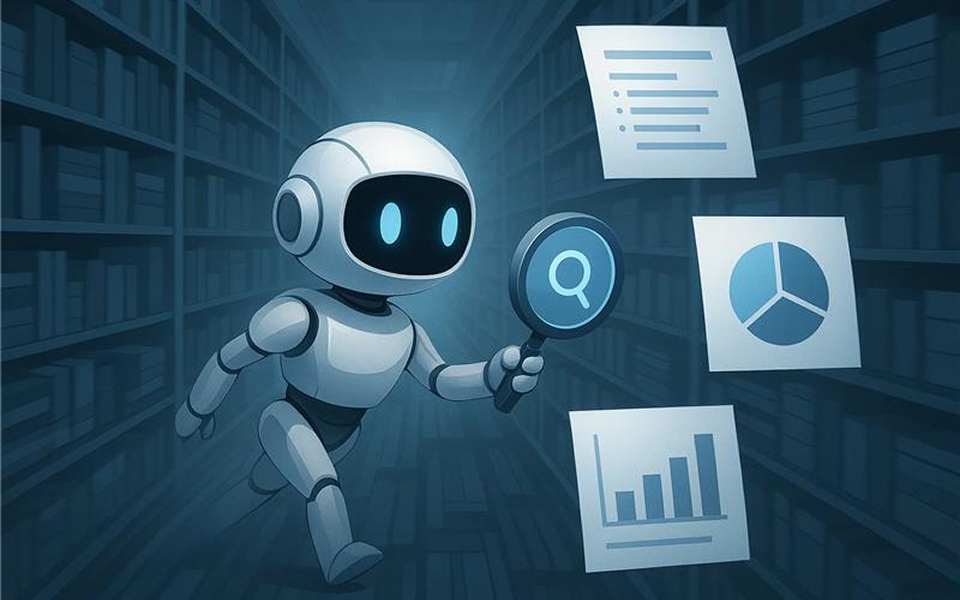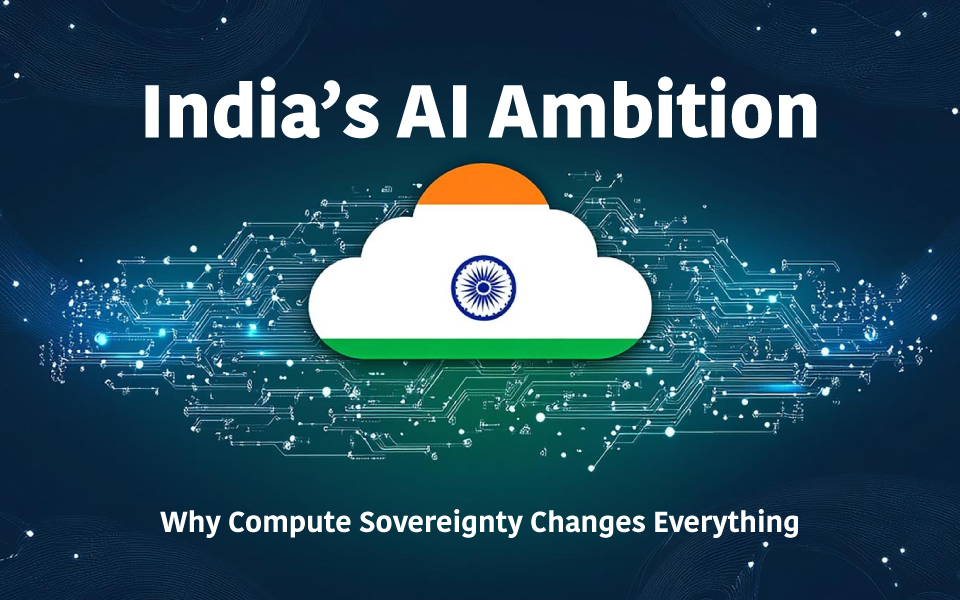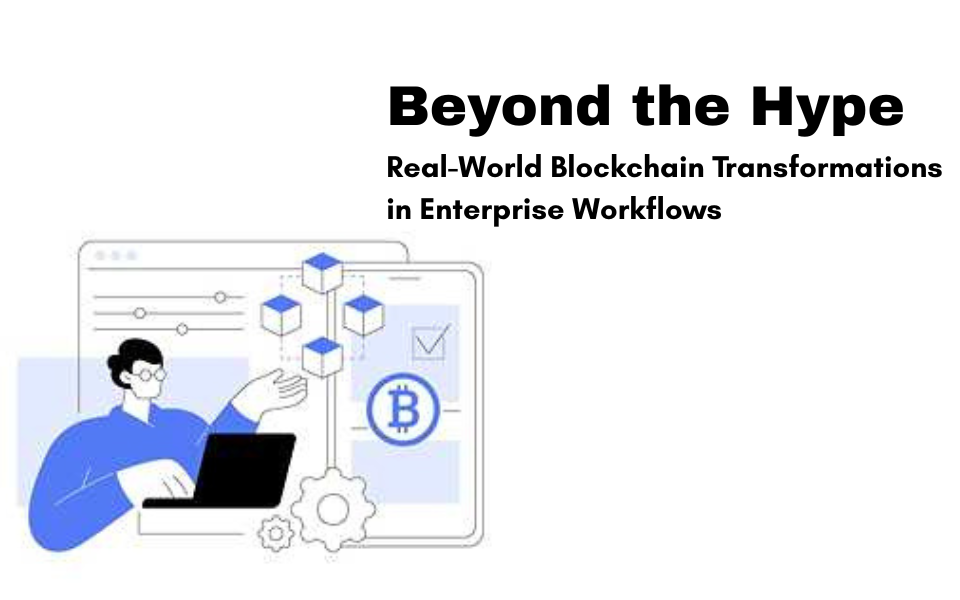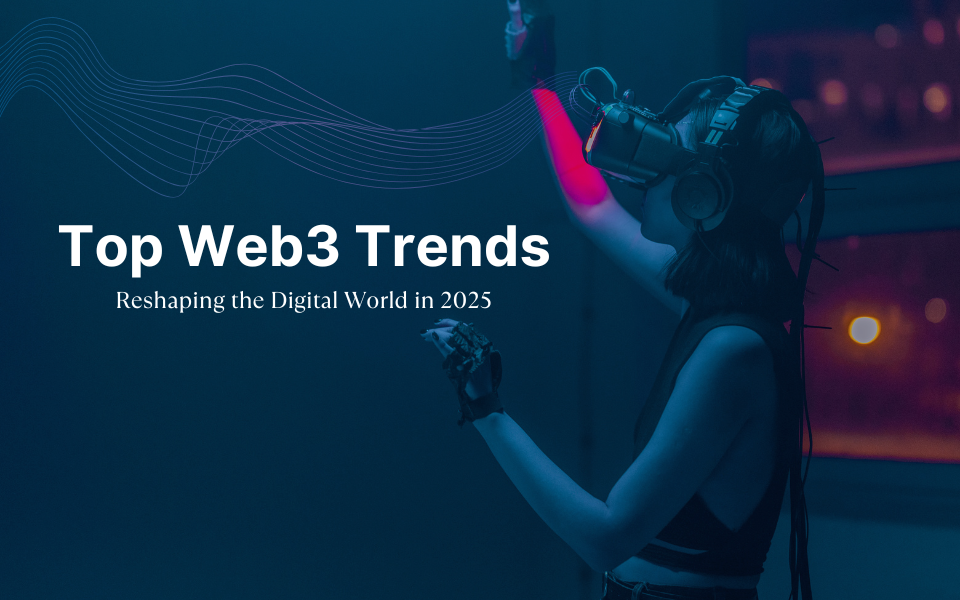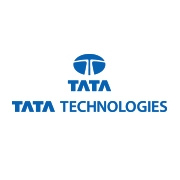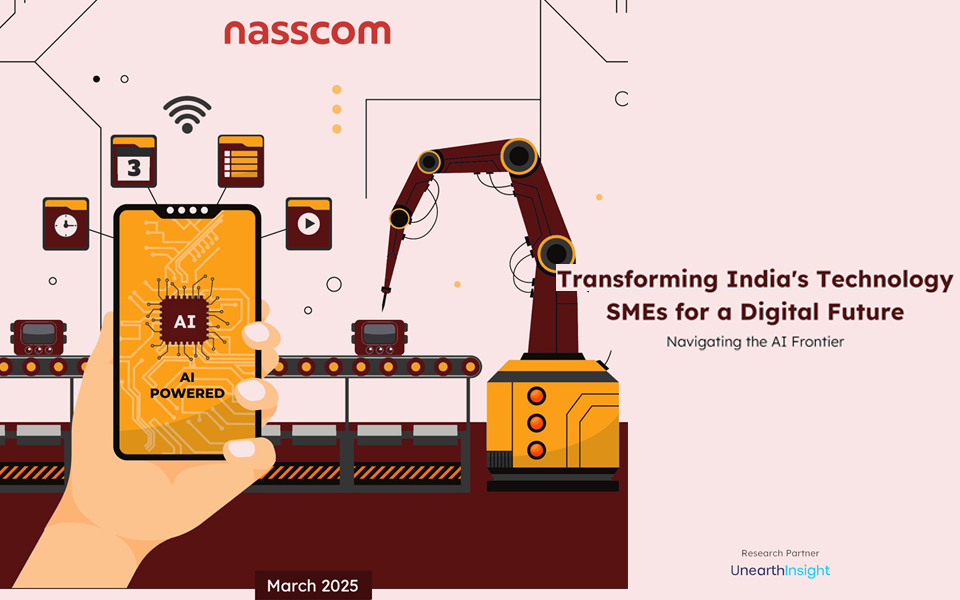I've witnessed first hand the transformative potential of Large Language Models (LLMs) in the business world. Yet, despite significant investments in this technology, many organizations still grapple with a fundamental question: "How can we leverage LLMs to drive tangible value in our operations?"
In this article, we'll explore how leading companies across various sectors are harnessing the power of LLMs to innovate, enhance productivity, and create new value for their customers. These real-world examples will illuminate the vast potential of LLMs and inspire enterprises to consider similar implementations in their own operations.
E-commerce and Retail: Personalizing the Shopping Experience
The retail sector has been quick to adopt LLM technology, using it to revolutionize everything from product discovery to customer service:
- Instacart's Internal AI Assistant: Instacart has developed an AI assistant named Ava, which helps teams write, review, and debug code, improve communications, and build AI-driven internal tools. Scaling Productivity with Ava — Instacart's Internal AI Assistant
- Whatnot's Marketplace Spam Detection: The social marketplace Whatnot uses LLMs for multimodal content moderation, fulfillment optimization, and fraud protection. How Whatnot Utilizes Generative AI to Enhance Trust and Safety
- StitchFix's Content Creation: StitchFix combines AI-generated text with human oversight to create engaging ad headlines and high-quality product descriptions. A New Era of Creativity: Expert-in-the-loop Generative AI at Stitch Fix
- Amazon's Commonsense Product Recommendations: Amazon leverages LLMs to understand commonsense relationships between products, enhancing the relevance of their recommendations. Building commonsense knowledge graphs to aid product recommendation
- Zillow's Fair Housing Compliance: Zillow uses LLMs to detect proxies for race and other historical inequalities in real estate listings on their marketplace. Using AI to Understand the Complexities and Pitfalls of Real Estate Data
These applications demonstrate how LLMs are not just automating tasks but also augmenting human creativity and decision-making in the retail space.
Fintech and Banking: Enhancing Security and Customer Service
Financial institutions are using LLMs to improve risk management and customer interactions:
- Grab's Sensitive Data Tagging: The Asian super-app uses LLMs for data governance, classifying data entities and identifying sensitive information. LLM-powered data classification for data entities at scale
- SumUp's Financial Crime Reporting: SumUp has implemented LLMs to generate narratives for financial crime reports, streamlining a critical compliance process. Evaluating the performance of an LLM application that generates free-text narratives in the context of financial crime
- Digits' Transaction Query Suggestions: Digits employs generative models to suggest relevant questions for accountants to ask clients about their transactions. How Digits is using Generative Machine Learning to transform finance
These use cases highlight how LLMs are helping financial institutions navigate complex regulatory environments while improving operational efficiency.
Tech Industry: Boosting Developer Productivity and Incident Response
Tech companies are at the forefront of LLM adoption, using these models to enhance their core products and internal processes:
- GitHub's Copilot: This AI-powered code completion tool has transformed how developers write code, offering context-aware suggestions and autocompletions. How to build an enterprise LLM application: Lessons from GitHub Copilot
- Google's Incident Response: Google uses LLMs to generate incident summaries for various audiences, streamlining communication during critical security and privacy incidents. Accelerating incident response using generative AI
- Microsoft's Cloud Incident Management: Microsoft employs LLMs to generate recommendations for root cause analysis and mitigation plans for cloud incidents. Large-language models for automatic cloud incident management
- GoDaddy's Support Inquiry Classification: GoDaddy utilizes LLMs to improve customer experience by classifying support inquiries in their messaging channels. LLM From the Trenches: 10 Lessons Learned Operationalizing Models at GoDaddy
These applications showcase how LLMs are not just tools for end-users but are also reshaping how tech companies build and maintain their own systems.
Delivery and Mobility: Optimizing Operations and User Experience
The logistics and mobility sector is leveraging LLMs to improve search relevance and operational efficiency:
- Uber's Mobile Application Testing: Uber developed DragonCrawl, an LLM-powered system that performs mobile tests with human-like intuition, reducing test maintenance costs. DragonCrawl: Generative AI for High-Quality Mobile Testing
- DoorDash's Product Knowledge Graph: DoorDash uses LLMs to extract product details from raw merchant data, improving search relevance and aiding delivery drivers. Building DoorDash's Product Knowledge Graph with Large Language Models
- Swiggy's Conversational Search: Swiggy implemented AI-powered neural search to enable conversational food and grocery discovery. Swiggy's Generative AI Journey: A Peek Into the Future
These examples illustrate how LLMs are helping companies in the mobility sector to create more intuitive and efficient user experiences.
Social, Media, and B2C: Enhancing User Engagement and Content Creation
Social media platforms and B2C companies are leveraging LLMs to improve user interactions and content quality:
- LinkedIn's Skill Extraction: LinkedIn analyzes various content across the platform to extract skill information, fueling their Skills Graph for better job and learning matches. Extracting skills from content to fuel the LinkedIn Skills Graph
- Yelp's Content Moderation: Yelp upgraded its content moderation system with LLMs to detect threats, harassment, lewdness, personal attacks, or hate speech. Yelp's AI pipeline for inappropriate language detection in reviews
- Nextdoor's Email Marketing: Nextdoor uses LLMs to generate informative and captivating email subject lines, boosting open rates and platform engagement. Let AI Entertain You: Increasing User Engagement with Generative AI and Rejection Sampling
These applications demonstrate the versatility of LLMs in enhancing user experiences across various B2C platforms.
The Road Ahead: Challenges and Opportunities
While the potential of LLMs is immense, companies face several challenges in their implementation:
- Data Privacy and Security: As LLMs process vast amounts of data, ensuring the privacy and security of sensitive information is paramount.
- Ethical Considerations: Companies must navigate the ethical implications of AI decision-making, especially in areas like content moderation and financial services.
- Integration with Existing Systems: Seamlessly incorporating LLMs into established workflows and tech stacks requires careful planning and execution.
- Continuous Learning and Adaptation: As LLM technology evolves rapidly, companies must stay agile and continuously update their AI strategies.
Conclusion: Embracing the LLM Revolution
The examples we've explored demonstrate that Large Language Models are not just a technological novelty—they're becoming an integral part of how modern businesses operate, innovate, and create value. From e-commerce personalization to financial compliance, from developer productivity to content moderation, LLMs are reshaping industries and unlocking new possibilities.
As we look to the future, it's clear that the potential of LLMs is only beginning to be realized. We can expect to see even more innovative applications emerge across industries, further blurring the lines between human and machine capabilities.
For business leaders, the message is clear: now is the time to seriously consider how LLMs can be leveraged within your organization. The LLM revolution is here, and success lies not just in the technology itself, but in how creatively and responsibly you apply it to solve real business challenges. The question is no longer if your business will be affected, but how you will harness this technology to stay ahead in an increasingly AI-driven world.




